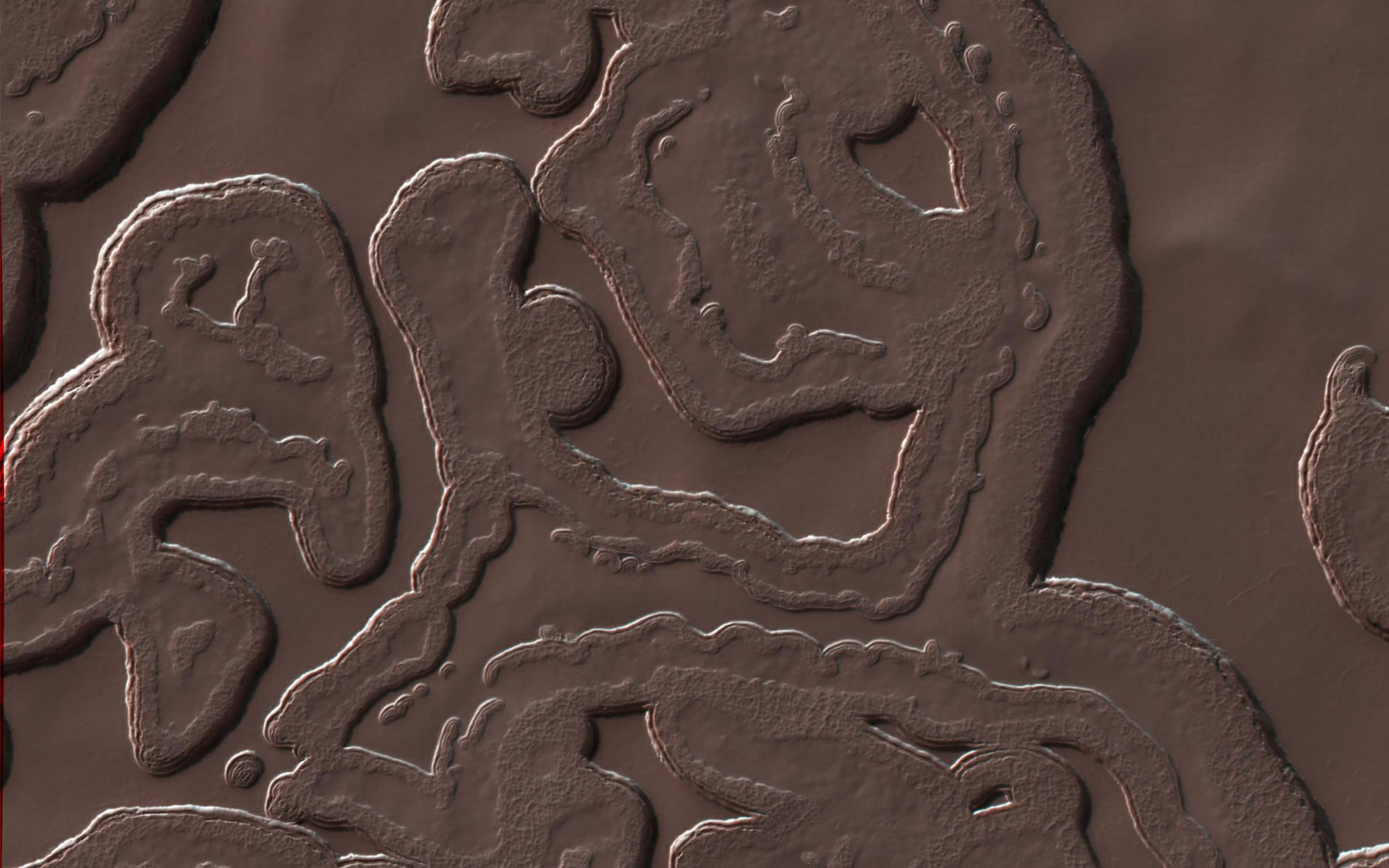US space agency NASA is exploring the possibility of building habitats on the surface of Mars for future explorers using an unexpected material: ice.
In a statement released this week, researchers at NASA's Langley Research Center described ice as "the best building material" to protect humans from the harsh Martian environment such as extreme temperatures and high-energy radiation.
Langley senior systems engineer Kevin Vipavetz, who facilitated the design session, said they assessed "many crazy, out of the box ideas" and finally converged on the current Ice Home design, which he said "provides a sound engineering solution."
The "Mars Ice Home" is a large inflatable torus, a shape similar to an inner tube, that is surrounded by a shell of water ice, which can be extracted from just below the Martian surface in many areas, NASA said.

This file handout image obtained on May 1, 2013, from the European Space Agency shows an artist impression depicting the separation of the ExoMars 2016 entry, descent and landing demonstrator module, named Schiaparelli, from the Trace Gas Orbiter, and heading for Mars. /CFP Photo
The structure, of which materials extracted from Mars, is lightweight and can be transported and deployed with simple robotics, then filled with water, it said.
The water, an "excellent shielding material" for galactic cosmic rays, also could potentially be converted to rocket fuel for the Mars Ascent Vehicle, so the structure itself doubles as a storage tank that can be refilled.
One key constraint, it said, was the amount of water that could be reasonably extracted from Mars.
Experts who develop systems for extracting resources on Mars indicated that it would be possible to fill the habitat at a rate of one cubic meter per day, which would allow the Ice Home design to be completely filled in 400 days.

This NASA image obtained December 14, 2016, shows one of the exotic locales at the South Pole on Mars, as many Martian landscapes contain features that are familiar to ones we find on Earth, like river valleys, cliffs, glaciers and volcanos. /CFP Photo
Additional design considerations included a large amount of flexible workspace so that crews would have a place to service robotic equipment indoors without the need to wear a pressure suit.
In addition, to manage temperatures inside the Ice Home, a layer of carbon dioxide gas, which is available on Mars, would be used as in insulation between the living space and the thick shielding layer of ice.
Overall, all of the materials selected for Ice Home will be translucent, so people living inside will feel like they're "in a home and not a cave," Ice Home principal investigator Kevin Kempton said.
"After months of travel in space, when you first arrive at Mars and your new home is ready for you to move in, it will be a great day," he said.
( Story by Xinhua)









